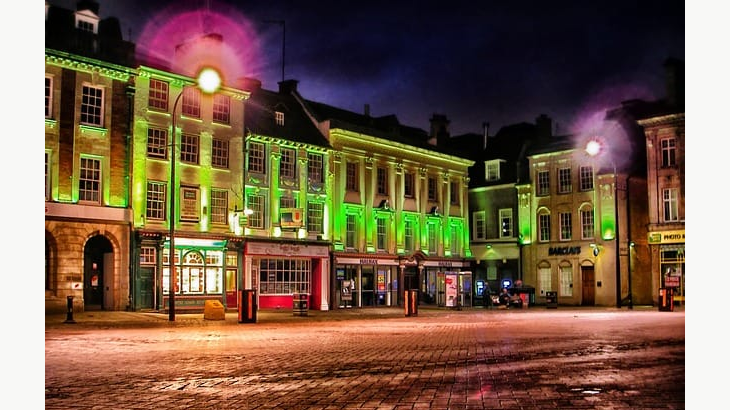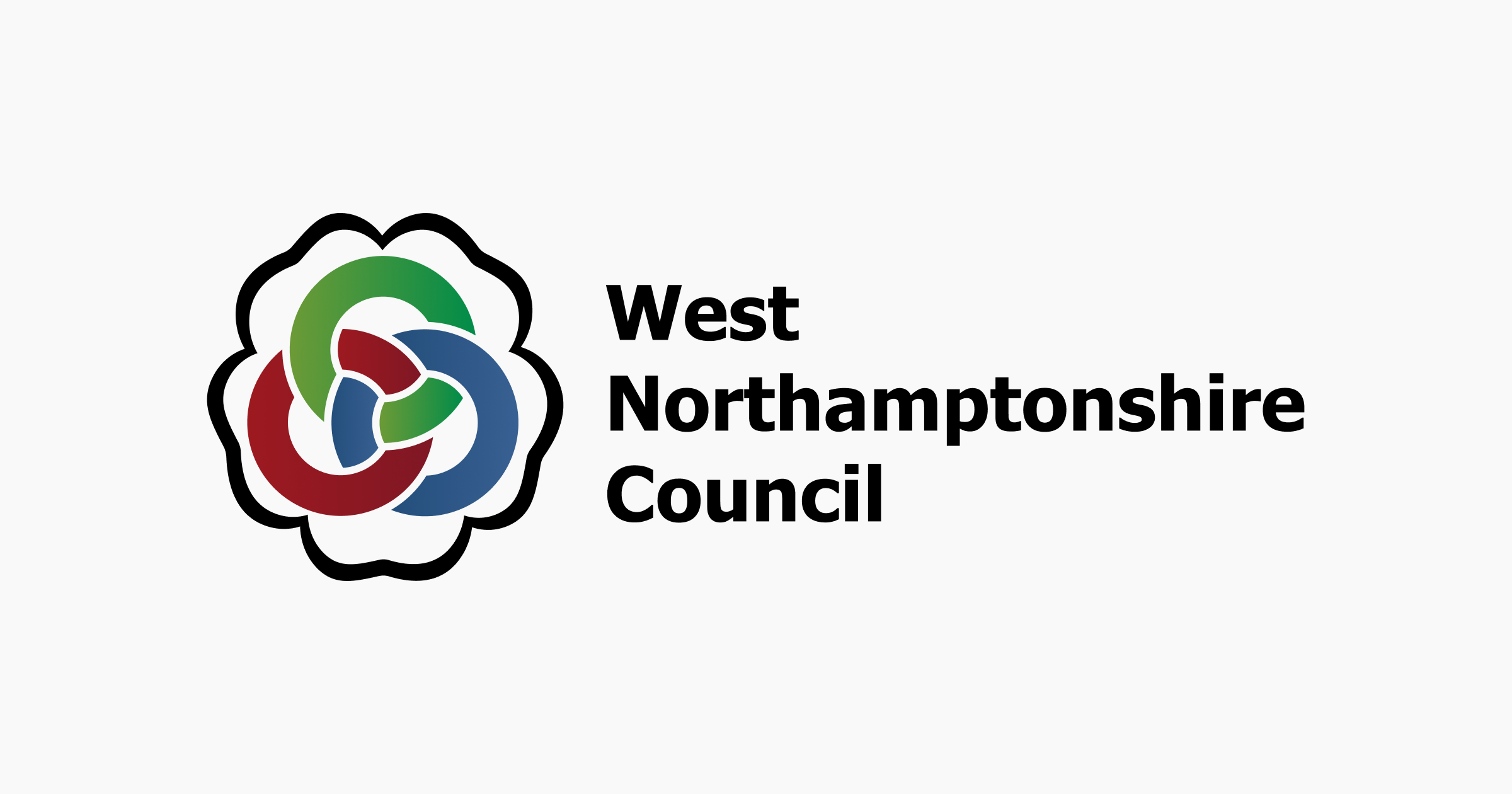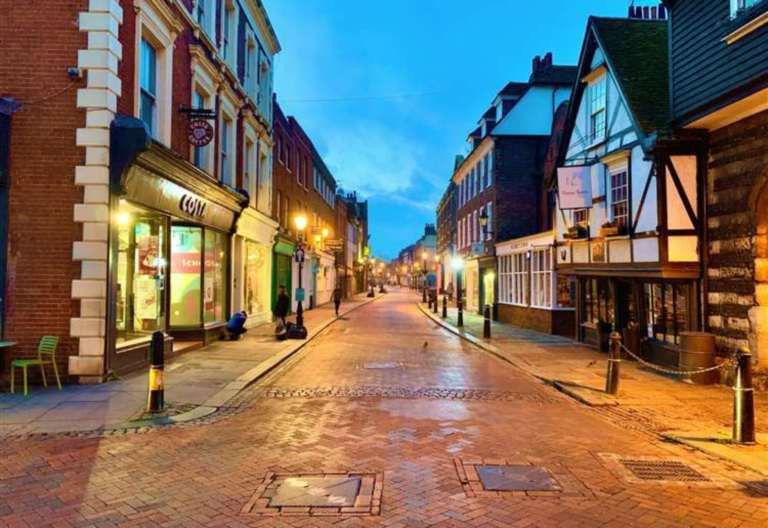Northampton's Market Square Revitalised

Good news, the Market Square has now officially reopened in Northampton town centre, and with it a chance to promote the potential of pedestrianised spaces. There has been criticism as to the progress of this regeneration project, particularly in respect of the temporary relocation of the market stall holders to St Peters Way Car Park. There is an irony that within this view the oft cited weakness of pedestrianised space i.e. the lack of nearby parking, did not apply. Indeed, the fact that the Market’s temporary home was in a car park and not near to the repetition of shopper footfall was the weakness, at one stage it was even supported by a seldom seen free public transport offer.

With the bus fare cap set to be increased to £3 (not mirrored by an increase in fuel duty - a blow to the green movement) and car access clearly not being a silver bullet, it may be prudent to look more closely at this kind of incentive? Perhaps something like Medway Council’s free bus service offer last year?

Enough of the negative. The new square boasts permanent homes for stall holders, space for additional stalls to pitch up, a fountain, and places to sit. For its official reopening, businesses from around the town set up to capitalise on the attractions offered and one hopes that the businesses located around the square will be incentivised to expand onto it too. Centre stage was exactly that, a stage for local musicians to perform. I was not there long but it all seemed very well patronised.
It is not the only example of where the freedom provided by pedestrianisation, or temporary road closure, offers the town a chance to thrive. In recent times we have also had the Tour of Britain cycle race and the Diwali Festival to name but two. We also see businesses utilising outdoor space around the town in the places where they are able, for example along Fish Street and near to St Giles Street. Are local leaders waking up to the business potential of pedestrianised space? With its well-established relationship to a better living environment, I should think that supporters of CA-WN are hopeful.
The question becomes, where is the resistance to further pedestrianisation projects? It is my view that it comes, in majority, from two sources: drivers and business owners. The first because of the perception that it restricts freedom. The second because of the perception that without car access, businesses suffer. A book could be written on the various causes of the freedom issue and it is a perception that it must be difficult for local leaders to challenge, though it certainly is challengeable. It is the second issue of the relationship between business success and nearby parking that interests me; in urban centres, the evidence that business is negatively impacted by a lack of parking is almost non-existent. On the contrary, there are studies that show business owners often over-estimate how many of their customers arrive by vehicle, in this study business owners estimated that 25% of customers arrived by car, it turned out to be only 4%.
We have missed opportunities in recent times to measure local effects. How much were businesses affected by the closure of the road on Bridge Street for example? And in real terms comparative to when it was open, rather than just through the anecdotes we read in the local newspapers. How much are they affected by events such as the Market reopening, the Tour of Britain race and the Diwali festival? Then how do we use this data to best plan our town in alignment with our other travel objectives as set out in the upcoming Local Transport Plan?
Questions worth asking now and when it comes to the local election next year.


